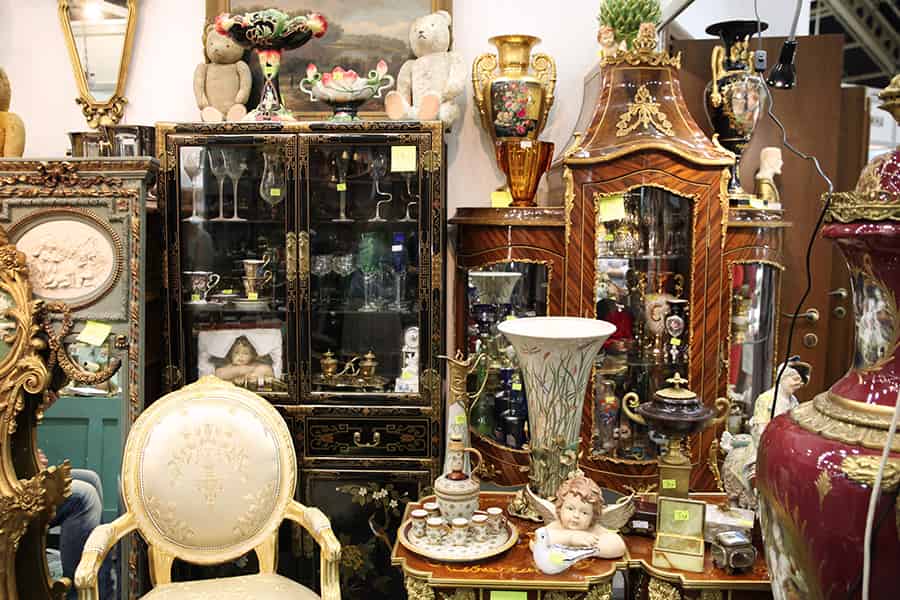Spotting True Antiques
It Feels Like Home!

Unveiling the Genuine Article: Spotting True Antiques with Confidence.
Spotting True Antiques, in a world inundated with reproductions and replicas, distinguishing genuine antiques from clever imitations can be a daunting task for collectors and enthusiasts alike. However, armed with knowledge and keen observation, anyone can learn to identify the telltale signs of authenticity that set true antiques apart. In this guide, we’ll delve into the key characteristics and proven methods for spotting genuine antiques with confidence, allowing you to navigate the antique market with ease and discernment.
Authenticity Documentation:
- Start by verifying the authenticity documentation accompanying the antique, such as certificates of authenticity, provenance records, or appraisals from reputable experts or institutions.
- Look for signatures, maker’s marks, or labels on the antique that indicate its origin, manufacturer, or artist, providing valuable clues to its provenance and authenticity.
Materials and Construction:
- Examine the materials and construction techniques used in the production of the antique to determine its age and authenticity.
- Look for signs of handcrafted workmanship, such as irregularities, tool marks, and variations in texture and finish, which are characteristic of genuine antiques crafted before the age of mass production.
- Assess the quality and integrity of the materials used, such as solid wood, hand-blown glass, or hand-wrought metal, which tend to withstand the test of time and retain their value.
Patina and Wear:
- Inspect the surface of the antique for signs of age, wear, and patina, which are natural indicators of authenticity and historical significance.
- Look for areas of wear and tear that are consistent with the antique’s age and function, such as scratches, dents, cracks, and discoloration, which add to its character and authenticity.
- Examine the patina, or the natural surface oxidation and aging that occurs over time, which can enhance the beauty and value of the antique, particularly in items made of metal, wood, or ceramics.
Style and Period Characteristics:
- Familiarize yourself with the distinctive styles, designs, and characteristics of different historical periods and artistic movements to recognize authentic antiques from specific eras.
- Study the details and features of the antique, such as decorative motifs, ornamentation, and construction techniques, that are typical of a particular style or period.
- Consult reference books, online resources, and expert opinions to identify key stylistic elements and period-specific details that are indicative of authenticity.
Provenance and History:
- Research the provenance and history of the antique, including its previous owners, origins, and any notable events or associations that may add to its value and authenticity.
- Seek out reputable dealers, auction houses, and collectors who can provide detailed provenance documentation and historical context for the antique, verifying its authenticity and significance.
Expert Appraisals and Authentication:
- When in doubt, seek the expertise of certified appraisers, authenticators, or specialists in the field of antiques who can assess the authenticity and value of the item.
- Attend antique fairs, appraisal events, or auctions where you can consult with knowledgeable experts and receive professional evaluations of your antique acquisitions.
Spotting true antiques requires a combination of knowledge, observation, and discernment, but with practice and patience, anyone can become adept at distinguishing genuine treasures from clever reproductions. By examining authenticity documentation, assessing materials and construction, scrutinizing patina and wear, recognizing style and period characteristics, researching provenance and history, and seeking expert appraisals and authentication, you can confidently identify and appreciate the unique beauty and historical significance of authentic antiques. With these proven methods and techniques at your disposal, you’ll be well-equipped to navigate the antique market and build a collection of genuine treasures that stand the test of time.
